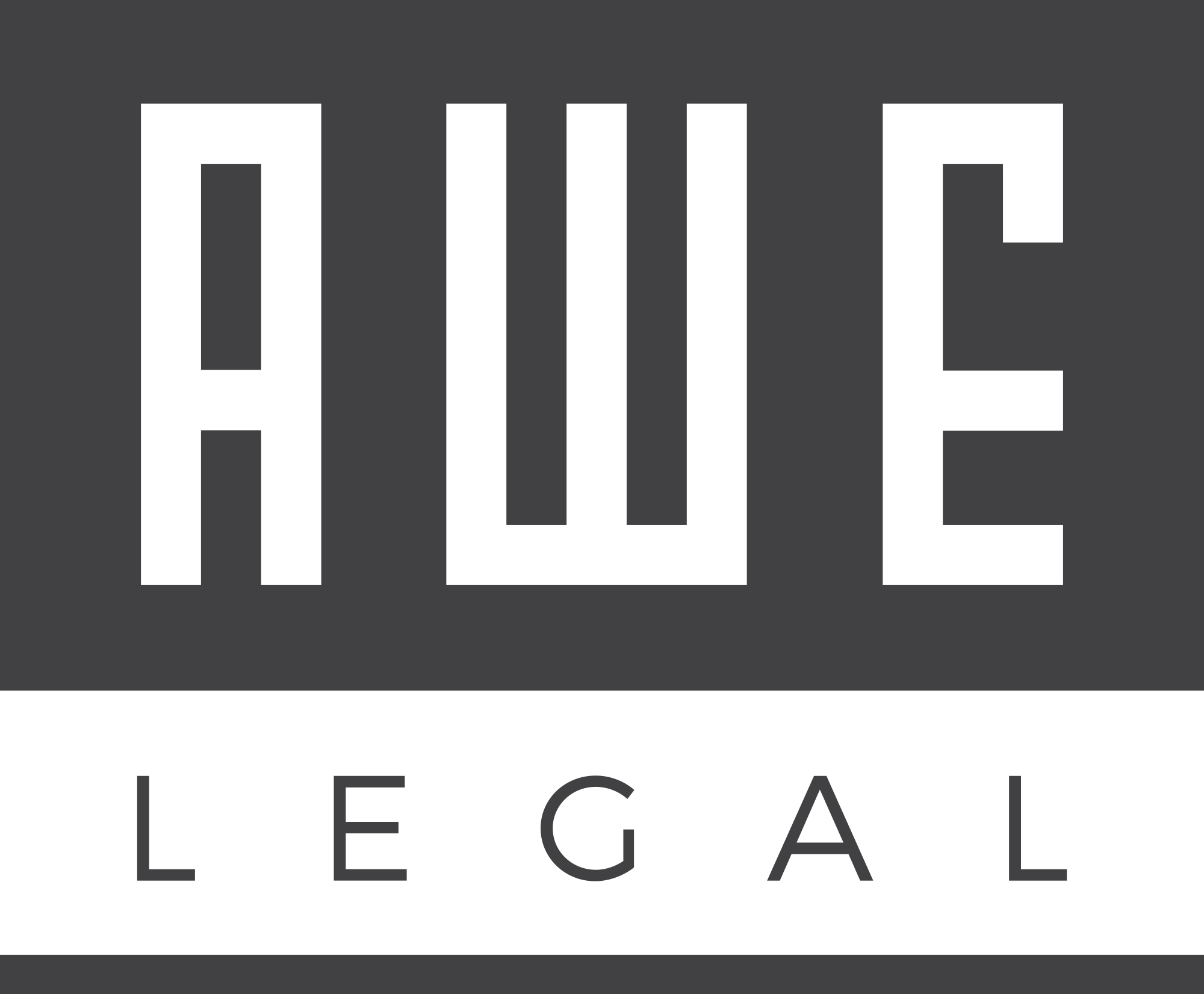The Legal Lessons that Every Artist can Learn from Taylor Swift
Jaime Bell is AWE Legal’s newest lawyer, residing in British Columbia, and we want to officially welcome her to the team! We gave her free reign to decide on her first official blog post and to nobody’s surprise who knows her well, Jaime chose to cover the legal drama surrounding Taylor Swift, or “TayTay” as she so fondly refers to her. In Jaime’s words:
It’s not every day that the line between my work and my love and admiration for Taylor Swift blur, but somehow the universe has smiled down on me, and I get to google “Taylor Swift feud with Scooter Braun” as part of my ongoing legal education.
This summer, the longstanding feud between Scooter and Taylor came to a head when he purchased the rights to all of her previously recorded masters for a cool $300M from Big Machine, Taylor’s long time record label (that’s six multi-platinum albums (not including Lover) for anyone who’s counting).
As per her original contract, Taylor owned the rights to all her written material, but copyright to the master recordings was owned and controlled by Big Machine. Big Machine ultimately controlled the use, reproduction and distribution of her recordings, and could also assign those rights at any time. Turns out, they did. For many artists, and not just those in the music industry, it was a sobering reminder to pay attention to the nuances of contracts, and specifically the ownership rights to creative works.
There’s lots of he-said-she-said about whether or not TayTay had the option of purchasing the rights to her masters back, but what’s important is the lesson learned from all of this: creative artists, be aware and protect copyright (as best you can) to your work!
Copyright 101
“Copyright” refers to the bundle of rights given to the author and owner of a work by The Copyright Act of Canada (the “Act”). It’s helpful to think of this bundle of rights as a really valuable asset, because it is. Similar to rights relating to real property (like a house), copyright in a work can be bought, sold or licensed through agreements, as we saw when the Big Machine deal played out.
Copyright applies to all original artistic work and provides protection for artistic, literary, musical or dramatic works (such as but not limited to, photographs, writing, maps and design), provided the conditions set out in the Copyright Act have been met, namely:
i. the work is original, in that it must be independently created by the author and involves some intellectual effort or skill; and
ii. the author was a citizen of, or a person ordinarily resident in, Canada at the date of the making of the work.
Under the Act, there are two types different bundles of rights: “moral rights” which are conferred on the author of the original artistic work, and “copyright rights” which are conferred on the owner of the work. Moral rights under the Act, include an author's right to attribution, integrity and association of a work and moral rights cannot be assigned or licensed, but can be waived by contract.
In some instances, both bundles are held by the same person, and in others they are held separately, such as in the case where an artist is hired to create work as part of their employment. In such a case their moral rights remain with them, and ownership will typically be assigned to the employer, in accordance with their employment agreement. So, if we pretend for a moment that Canadian copyright laws apply to the Taylor fiasco, she would continue to hold the moral rights to her masters, while Scooter now holds the copyright to them, and he is ultimately in control of how these masters are used, distributed and reproduced in the future. There is a lot of power in owning the copyright to a work.
Lessons Learned
So, what can we take away from the $300M deal that Taylor Swift says “stripped me of my life’s work”?
If you’re in the business of creating, thinking of collaborating with another artist, or are hiring someone to create original work for your use, getting really clear on who owns copyright to the work from the beginning is crucial and can save a lot of time, money and heartache in the long term. Realistically, the ability to hold copyright depends a lot on a party’s leverage in the deal (when Taylor signed her record deal at age 15, she probably didn’t have a ton of leverage back then). There are clauses that can be negotiated and included in a contract such as Taylor’s, that might have made the outcome a little different, including limiting the ability for copyright to be assigned, how the work is used, or a right of first refusal or an option to buy-back the copyright.
The Copyright Act is a great protective tool, and working with a lawyer who can help you navigate and understand this tricky area of the law is a great first step in protecting your rights and coming to a fair agreement that reflects everyone’s expectation of how copyright to the work is owned and used.
Contracts can be as creative as you are, so if you have any questions, feel free to reach out to info@awelegal.com, and we’d love to help!
By: Jaime Kiara Bell

